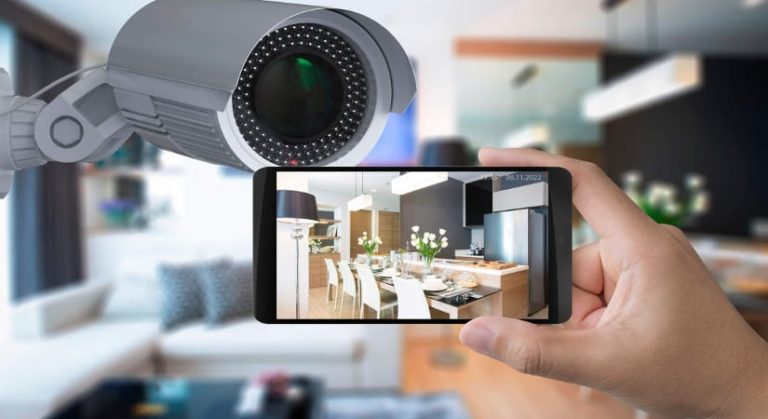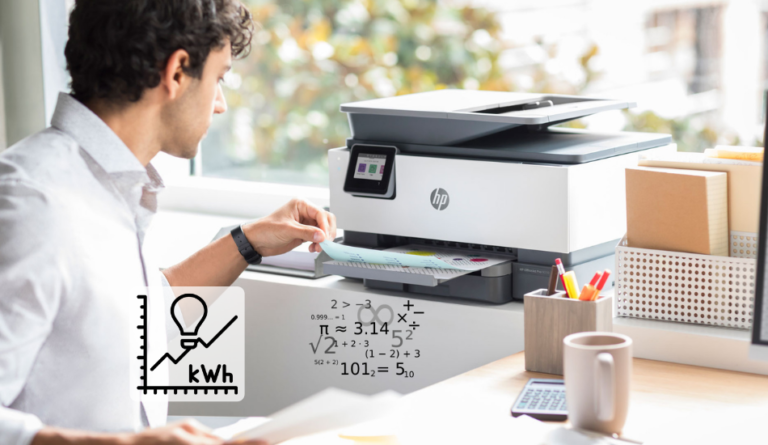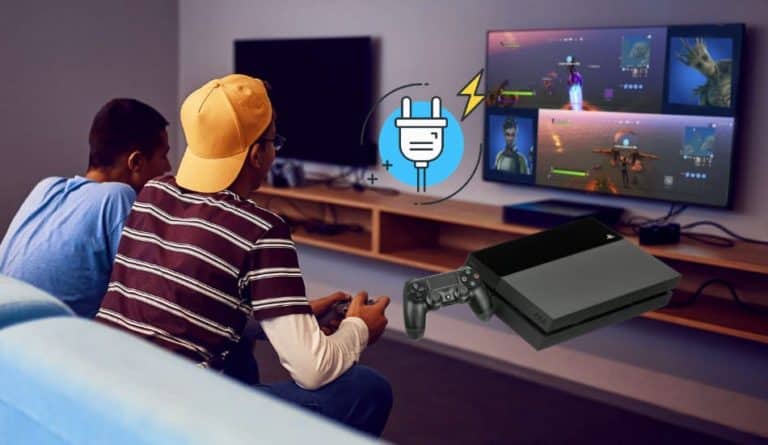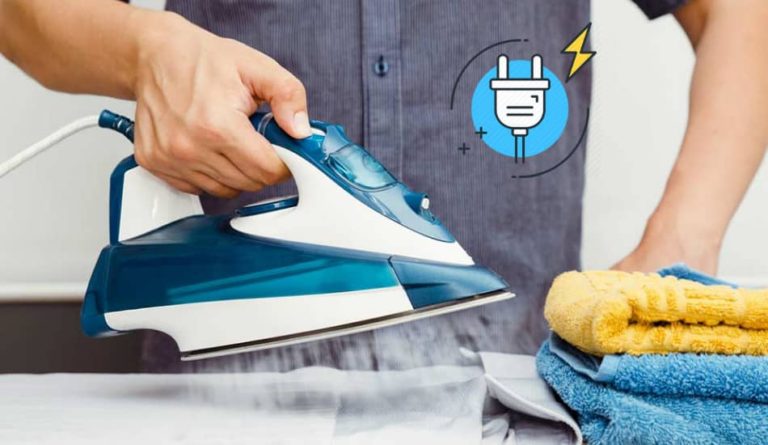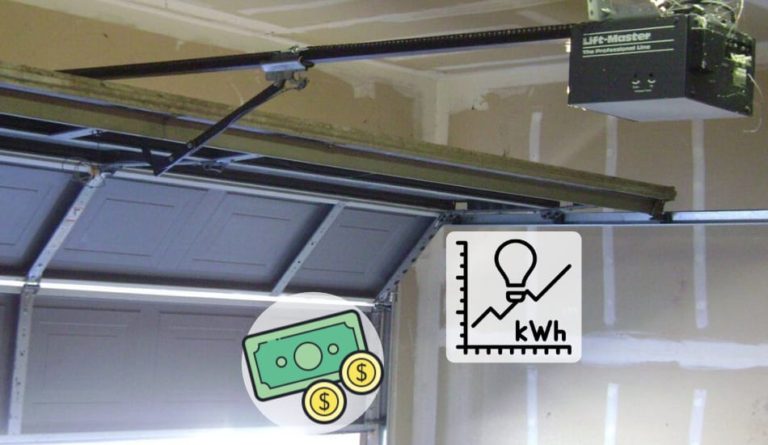How Much Power (Watts) Does A Vacuum Cleaner Use?
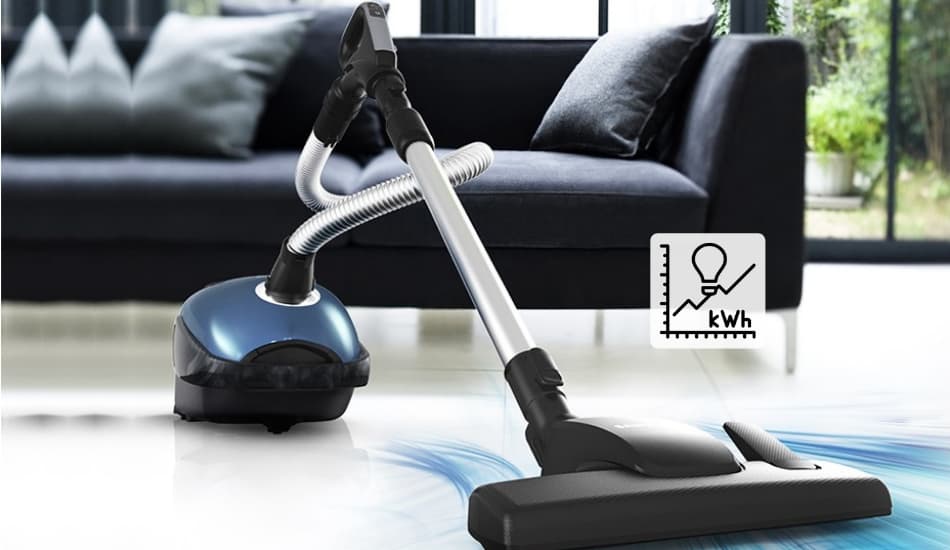
While the vacuum cleaner is not the household appliance that consumes the most electricity, it is still used very regularly in almost every home. Using a vacuum cleaner to do housework will certainly affect your home electricity bill. However, not all vacuum cleaners consume the same amount of electricity. It is therefore essential to know how much energy does vacuum cleaners consume before embarking on a purchase. In this article, we’ll talk about that and other important things about vacuum power.
Table of Contents
How Much Power (Watts) Does A Vacuum Cleaner Use?
So How Much Power (Watts) Does A Vacuum Cleaner Use? A typical Vacuum cleaner’s power consumption range between 450 watts to 2500 watts, while most models run on around 1.4 kWh of energy per hour, which costs you approximately 17 cents per use. For a 2h week use, you will consume 11.2 kWh which will cost you $1.45 per month.
A vacuum cleaner is a typical household appliance that is using an air pump to collect dirt and dust from surfaces. They vary in size and designs and they come in different types of models where they range from small ones to large industrial models. Most household vacuum cleaners range between 500 and 3000 watts, while the most economical and popular models use around 1400 watts.
On the other hand, the most energy-efficient vacuums typically consume around 600 to 800 watts of power. By using your vacuum cleaner 2 hours per week, it will cost you 83 cents per month. For everyone who wants to reduce their energy bill, choose an energy-efficient model can save you energy, especially if you use your vacuum cleaner more often.
If you want to know How Much Power (Watts) Does An Electric Iron Uses, feel free to read this article.
Calculate Electricity Consumption Of Your Vacuum Cleaner

All vacuum cleaners come with a label that rates them in Watts (W) or Kilowatts (kW). The label is usually printed on the device itself or in its user manual. The energy consumption of a vacuum cleaner depends on the power of its motor and its frequency of use. In order to know the cost of the annual consumption of your vacuum cleaner, you can perform two very simple calculations:
- To calculate the vacuum cleaner power consumption in kWh over one year the formula is following:
Number of hours of use x Number of days of use x (Appliance power (in Watts) / 1000) = Number kWh
For example, for a vacuum cleaner with a power of 800 W, used 1 hour per week and 52 days per year: 1 x 52 x (800/1000) = 41.6 kWh;
- In order to know the cost of the annual consumption of this vacuum cleaner, it is possible to make the following calculation:
Price per kWh x Consumption (in Watts) = Annual consumption
You can also use this Vacuum Cleaner Calculator to get fast results.
For example, for a vacuum cleaner consuming 41.6 kWh/year with an average electricity rate of 13 cents per kWh in the US, the formula is the following: 0.13 x 41.6 = $5.41. The cost of the annual consumption of this vacuum cleaner is therefore $5.41 per year. In the table below you can see the power consumption for different types of vacuum cleaners and their annual energy cost.
| Vacuum Cleaner Power Rating | Cost Per Hour | Annual Energy Cost |
|---|---|---|
| 650 Watts (0.65 kW) | $0.084 | $12.1 |
| 1000 Watts (1kW) | $0.13 | $18.7 |
| 1200 Watts (1.2kW) | $0.15 | $21.6 |
| 1400 Watts (1.4kW) | $0.18 | $26.2 |
| 1800 Watts (1.8kW) | $0.23 | $33.7 |
| 2000 Watts (2kW) | $0.26 | $37.4 |
| 2200 Watts (2.2kW) | $0.28 | $41.2 |
Is The Watt Number Important For A Vacuum Cleaner?

The watt number is not the most important parameter for a vacuum cleaner but it is certainly better to have more watts to have better suction quality. Many manufacturers are still throwing around with high watt numbers and want to emphasize the special suction power of the vacuum cleaner.
The watt number says little about the real cleaning and suction power. It is primarily an indicator of how much electricity is being used. How the vacuum cleaner is designed is particularly important with regard to cleaning performance. If the vacuum cleaner nozzles are perfectly matched to the device and have an aerodynamic shape, dust, lint, or hair will be sucked up and disappear even at a lower wattage.
In the following example we can see the watt power of vacuum cleaner and what it can do:
- 350 W – suction power sufficient for dry cleaning of linoleum, parquet, tiles, and other smooth surfaces. If you don’t have carpets and don’t plan on cleaning upholstered furniture, an inexpensive, low-power vacuum cleaner will do;
- 400 W – suction power that allows you to successfully clean the carpet and cope with a large amount of dust and wool if there are animals in the house;
- 450 W or more – suction power sufficient for cleaning carpets, long-pile coverings, upholstered furniture. The most convenient option is a vacuum cleaner with a suction power regulator.
Related Article: How Much Power (Watts) Does A Water Dispenser Use?
How Much Electricity Do Vacuum Cleaners Use?
The average vacuum cleaner consumes around 1400 watts of power and runs at 7 to 12 amps. By running it for 1 hour per week, you will consume 5.6 kWh, which will cost you 72 cents per month.
Saving energy and thus the money is much easier when you know how much actually you’re using. Smaller appliances that we use in our homes are mostly ignored because they draw only a little bit amount of power and they really don’t impact our electricity bill.
To better understand the basics of electrical consumption of any device, including vacuum cleaners, we can use the simple calculation formula: Watts (W) = Volts (V) x Amps (I). With this formula, you will know the power consumption of any electrical device in your home, and you can also calculate how much that device will affect your electricity bill.
For me, the best way to know how much electricity does your vacuum cleaner consumes is to use a measurement device Kill A Watt Meter. This is a simple device that needs to be plugged into an outlet. Once you have plugged it in your outlet, just connect the vacuum cleaner to it, and all the electricity that passes will be displayed.
Rate Vacuum Performance By Airflow And Suction (Not Wattage)

The best way to understand how your vacuum cleaner performs is to understand 2 concepts and wattage is not one of them. It’s a vacuum suction and airflow. Vacuum cleaner performance is measured by its suction and airflow working together. Wattage doesn’t matter. The suction task to pick up the dirt and the airflow is what moves the dirt away.
1. Vacuum Suction
Vacuum suction is what gives a volume of air and its speed by the vacuum motor. The more suction your vacuum cleaner has, the quicker a given volume of air is moved. Suction is usually measured on a suckometer gauge.
2. Vacuum Airflow
Vacuum airflow is often referred to as CFM. By this, you can measure the volume of air that is being displaced in a vacuum system, and it’s measured in cubic feet per minute. Airflow is what moves the dirt from the ground, that suction has picked up. Vacuum suction and airflow are working together to give us the vacuum cleaner performance.
How Much Does it Cost To Use A Barrel Vacuum Cleaner?
Using a barrel vacuum cleaner can cost you between 10 cents and 31 cents in electricity for 1-hour usage. This price depends on your electricity provider and the price per 1 kWh. Every vacuum cleaner is measured in watts and they usually consume between 800W and 2400W of power. In the table below we can see how much will cost us to use a barrel vacuum cleaner for an hour, for the week, and an entire year.
| Barrel Vacuum Power | Cost per Hour | Cost per week | Annual Energy Cost |
|---|---|---|---|
| 800 Watts (0.8 kW) | $0.10 | $0.31 | $14.88 |
| 1000 Watts (1 kW) | $0.13 | $0.39 | $18.72 |
| 1200 Watts (1.2 kW) | $0.15 | $0.45 | $21.6 |
| 1600 Watts (1.6 kW) | $0.20 | $0.60 | $28.8 |
| 2000 Watts (2 kW) | $0.26 | $0.78 | $37.4 |
| 2400 Watts (2.4 kW) | $0.31 | $0.93 | $44.6 |
How Much Does it Cost To Use An Upright Vacuum Cleaner?
The cost of using an upright vacuum cleaner is between 6 cents and 18 cents in electricity usage for 1 hour. These types of vacuum cleaners are slightly weaker than barrel vacuum cleaners. Their power consumption is between 500W and 1400W, which makes them cheaper to run. In the table below we can see how much it will cost us to run them per hour, per week, and annually.
| Upright Vacuum Power | Cost per Hour | Cost per week | Annual Energy Cost |
|---|---|---|---|
| 500 Watts (0.5 kW) | $0.06 | $0.18 | $8.64 |
| 700 Watts (0.7 kW) | $0.09 | $0.27 | $12.9 |
| 800 Watts (0.8 kW) | $0.10 | $0.30 | $14.4 |
| 1200 Watts (1.2 kW) | $0.15 | $0.45 | $21.6 |
| 1300 Watts (1.3 kW) | $0.17 | $0.51 | $24.4 |
| 1400 Watts (1.4 kW) | $0.18 | $0.54 | $25.9 |
Factors That Affect Vacuum Cleaner Power Consumption

The electricity costs and the electricity consumption when vacuuming doesn’t only depend on the power consumption, but also on other factors. A modern vacuum cleaner is a complex device, and a number of factors affect its suction power. They are:
- Motor. This is the most important detail. The motor efficiency is usually 25–35%. That is, with a power consumption of 1500 W, you can count on a motor power of 375-525 W. This power is theoretically enough for any type of cleaning.
- Type of vacuum cleaner. Bag or container for collecting dust – depending on what the vacuum cleaners are equipped with, with the same power consumption, they can demonstrate different suction power.
- Types and number of filters. The more complex the filters and the more there are the less suction power. A vacuum cleaner with two large-pore filters will show a better visible result than a vacuum cleaner with five small-pore filters, which offer more air resistance.
- Different suction levels in which the power consumption is lower or higher depending on the setting.
- Living space areas must also be taken into account. After all, it makes a difference whether a 1 or 2-room apartment is to be vacuumed or an entire house.
- Working speed. Some people take it easy while vacuuming, while others are brisk and happy when the vacuum cleaner can be stowed back in the closet as quickly as possible.
How To Consume Less Electricity With Your Vacuum Cleaner
A few simple actions can help limit the cost of electricity consumption linked to the use of your vacuum cleaner:
- Get a more efficient model: Replacing an old energy-intensive vacuum cleaner with the more efficient model can therefore save money on your electricity bill.
- Clean the dust filter: if it is full, it does not allow air to circulate and the motor must force in order to maintain the same suction power. This, therefore, creates overconsumption.
- Clean the motor filter: if it is poorly maintained, dust may slip into the motor and its electricity consumption will increase because it will have to force to operate.
- Change the bag regularly: the principle is the same as with the filters, if the vacuum cleaner is blocked, it must consume more electricity to operate correctly.
Calculate Vacuum Cleaner Electricity Costs
There is probably a vacuum cleaner in every household. But only very few will know how to calculate the electricity consumption of the vacuum cleaner or the vacuum cleaner electricity costs. This is also very easy to calculate, especially since you have already determined an important parameter for the calculation with the kilowatt-hour consumed.
With a current electricity price that is 13 cents per kWh, the following results are:
- Vacuuming for 15 minutes with a 1,600-watt vacuum cleaner costs 5 cents
- Vacuuming for 30 minutes with a 2,000-watt vacuum cleaner costs 13 cents
- Vacuuming for 30 minutes with a 900-watt vacuum cleaner costs 6 cents
- Vacuuming for 15 minutes with a 900-watt vacuum cleaner costs 3 cents
For those who want to know more, you can read How Much Electricity (Power) Does A Wi-Fi Router Use.
Final Thoughts
As we could see in this article, the average vacuum cleaner won’t cost you too much energy, but it’s much better to have a quality model on your hands than spending money on a new one every few years. While the power and the motor strength are good indicators that your vacuum cleaner will be good, it’s not the real indicator of how good a job vacuum does.
A vacuum cleaner can come with the most powerful motor, but if the vacuum cleaner is very poorly designed, then the device will have poor performance and may even leak dust and dirt over your room. I hope that this article helped you. If you have any questions, feel free to message us.


